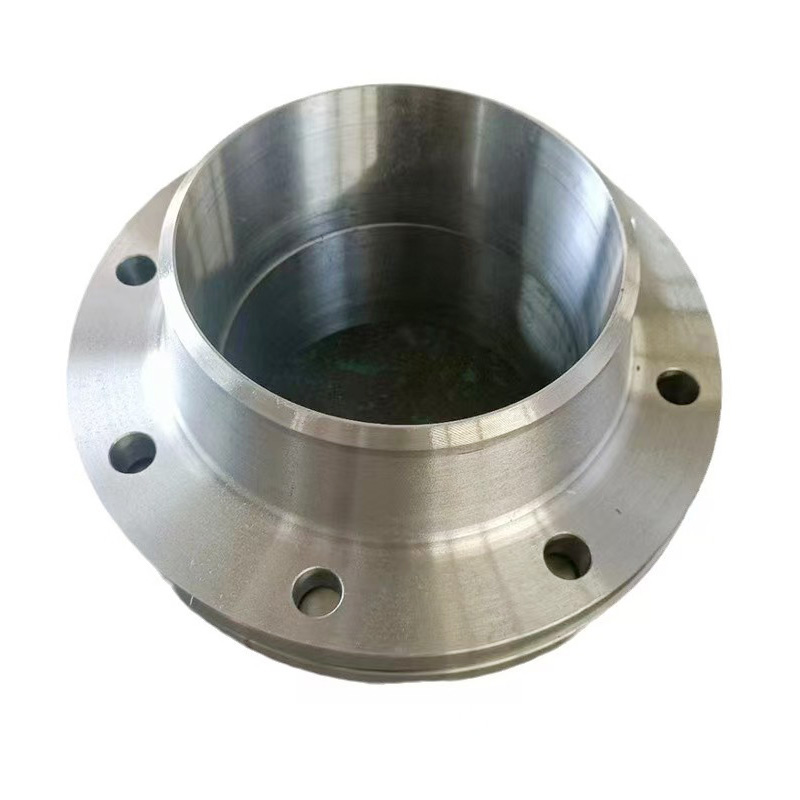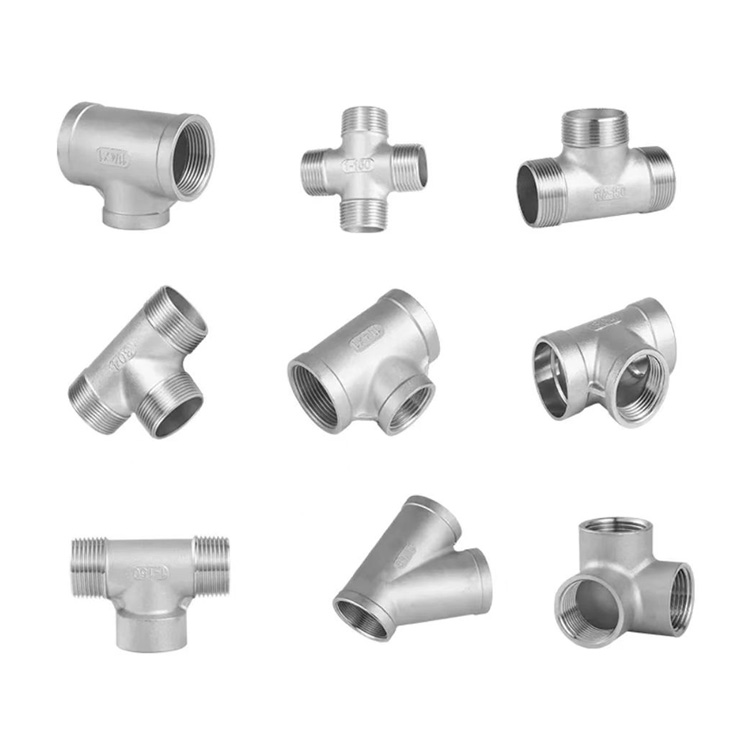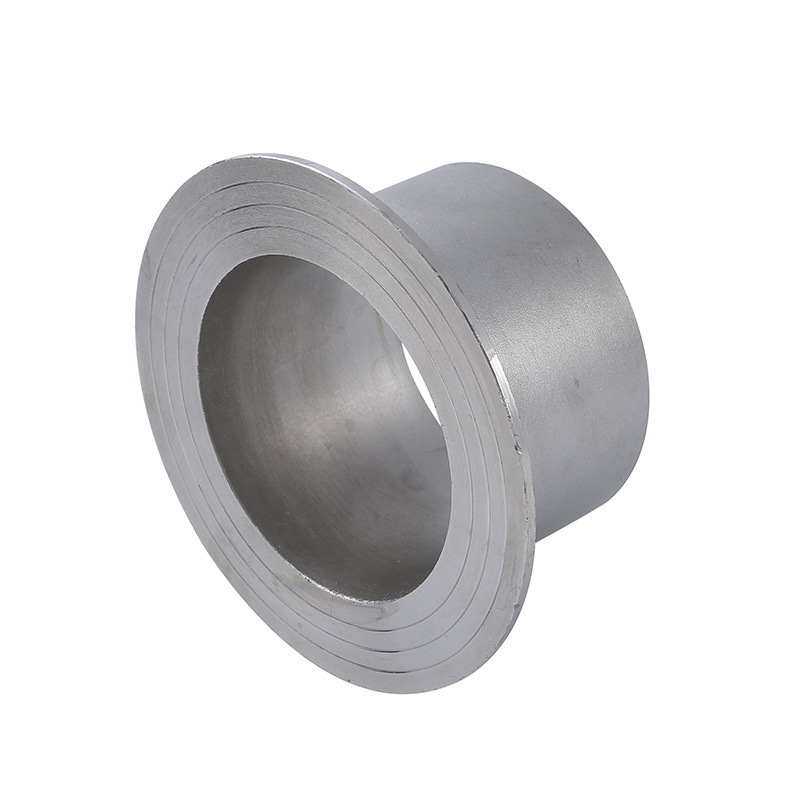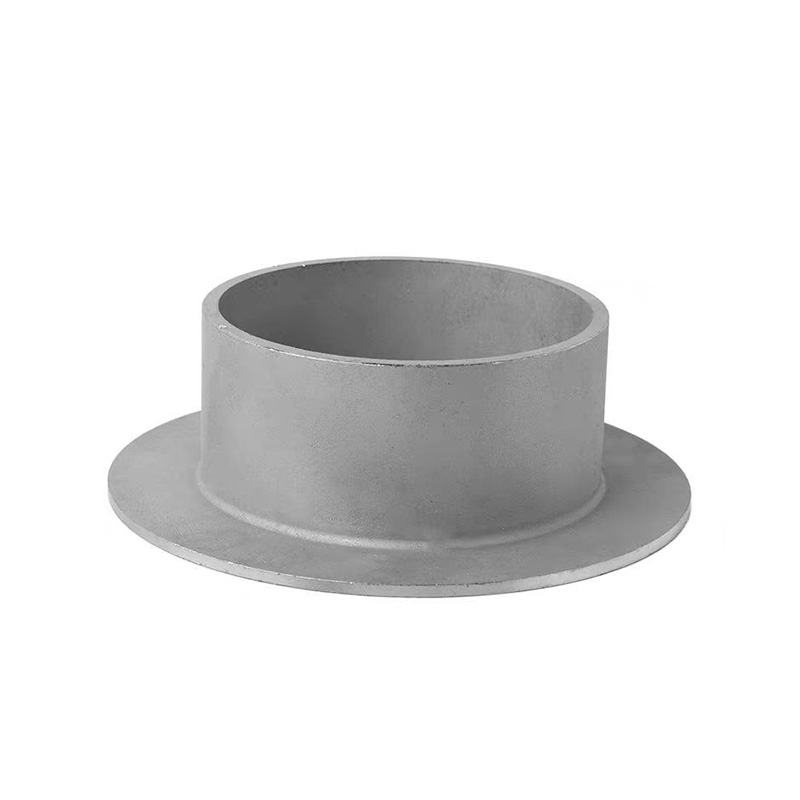Performance Comparison of Tee Fittings Made from Different Materials
2025-06-26 19:19:08

Performance Comparison of Tee Fittings Made from Different Materials
The performance of tee fittings in a piping system largely depends on the material used. Each material offers distinct advantages and limitations in terms of strength, corrosion resistance, temperature tolerance, cost, and application suitability.
1. Carbon Steel Tees
Strength: High mechanical strength and durability.
Temperature Resistance: Performs well under high pressure and moderate to high temperatures.
Corrosion Resistance: Limited; prone to rust unless coated or painted.
Applications: Oil and gas, power plants, industrial water systems.
Cost: Relatively low; commonly used for general-purpose systems.
2. Stainless Steel Tees
Strength: Strong and pressure-resistant.
Temperature Resistance: Excellent for both high and low temperatures.
Corrosion Resistance: Excellent, especially against moisture, chemicals, and acids.
Applications: Food processing, pharmaceuticals, chemical plants, marine environments.
Cost: Higher than carbon steel due to its alloy composition.
3. Alloy Steel Tees
Strength: Very high strength; suitable for extreme conditions.
Temperature Resistance: Excellent for high-temperature, high-pressure environments.
Corrosion Resistance: Moderate; better than carbon steel but inferior to stainless.
Applications: Refineries, power plants, high-temperature steam lines.
Cost: More expensive than carbon steel due to alloying elements.
4. Copper or Brass Tees
Strength: Lower mechanical strength compared to steel.
Temperature Resistance: Suitable for moderate temperatures.
Corrosion Resistance: Excellent against water and many non-aggressive fluids.
Applications: Plumbing, HVAC, water supply systems.
Cost: Moderate to high, depending on market prices.
5. PVC and CPVC Tees
Strength: Low mechanical strength; not suitable for high-pressure applications.
Temperature Resistance: Limited; CPVC is better than standard PVC.
Corrosion Resistance: Excellent against most chemicals.
Applications: Drainage, irrigation, low-pressure chemical lines.
Cost: Very low; economical for non-critical systems.
6. HDPE (High-Density Polyethylene) Tees
Strength: Good flexibility and moderate strength.
Temperature Resistance: Limited to low and medium temperature ranges.
Corrosion Resistance: Excellent against most chemicals and soils.
Applications: Water supply, gas distribution, buried pipelines.
Cost: Low to moderate.
7. Ductile Iron Tees
Strength: Strong and durable with some flexibility.
Temperature Resistance: Suitable for medium temperature ranges.
Corrosion Resistance: Better than carbon steel but requires coatings for aggressive environments.
Applications: Municipal water, sewage, and fire protection systems.
Cost: Moderate.
Conclusion
The choice of tee fitting material should be based on the specific service conditions—pressure, temperature, fluid type, and environmental exposure. Carbon and stainless steel dominate high-pressure and industrial systems, while plastic and copper materials are better suited for low-pressure or domestic applications. Each material balances performance, cost, and maintenance differently depending on the operating environment.

AWeld Neck Flange (WN Flange)is a type of piping flange designed to be welded to a pipe or ...

Socket fittings are essential components in piping systems, designed to connect, branch, or...

Welding ring is a commonly used metal ring component in pipeline connection or equipment do...

Welding ring is a pipe fitting used for pipeline connection. The following is its detailed ...






